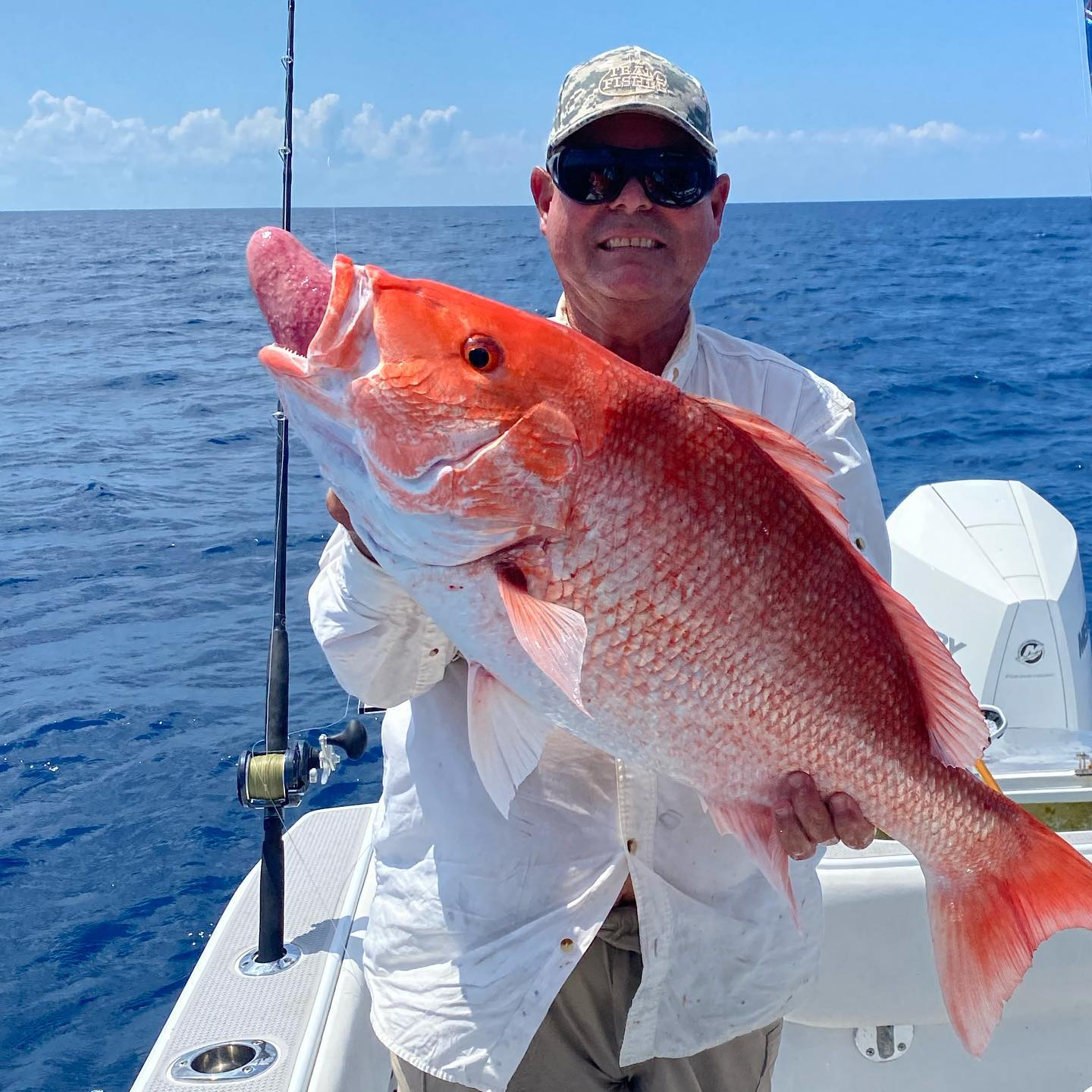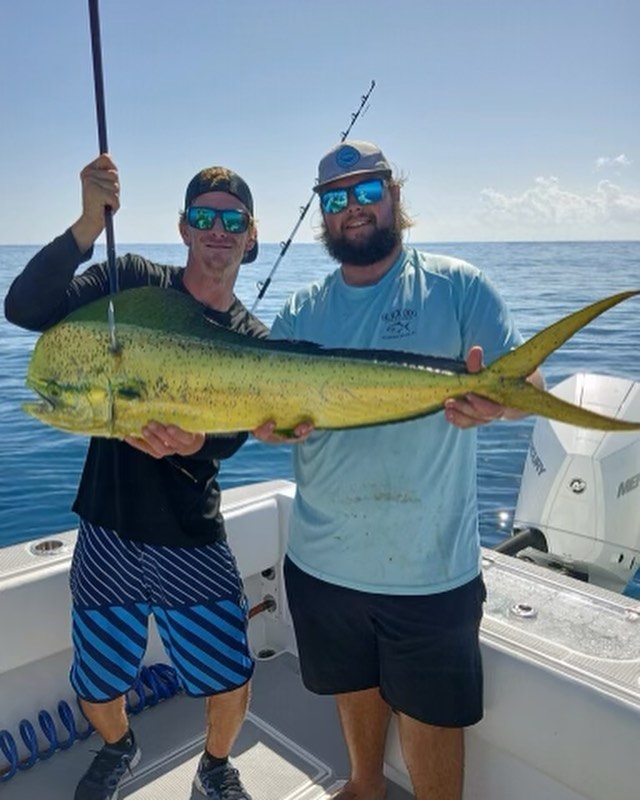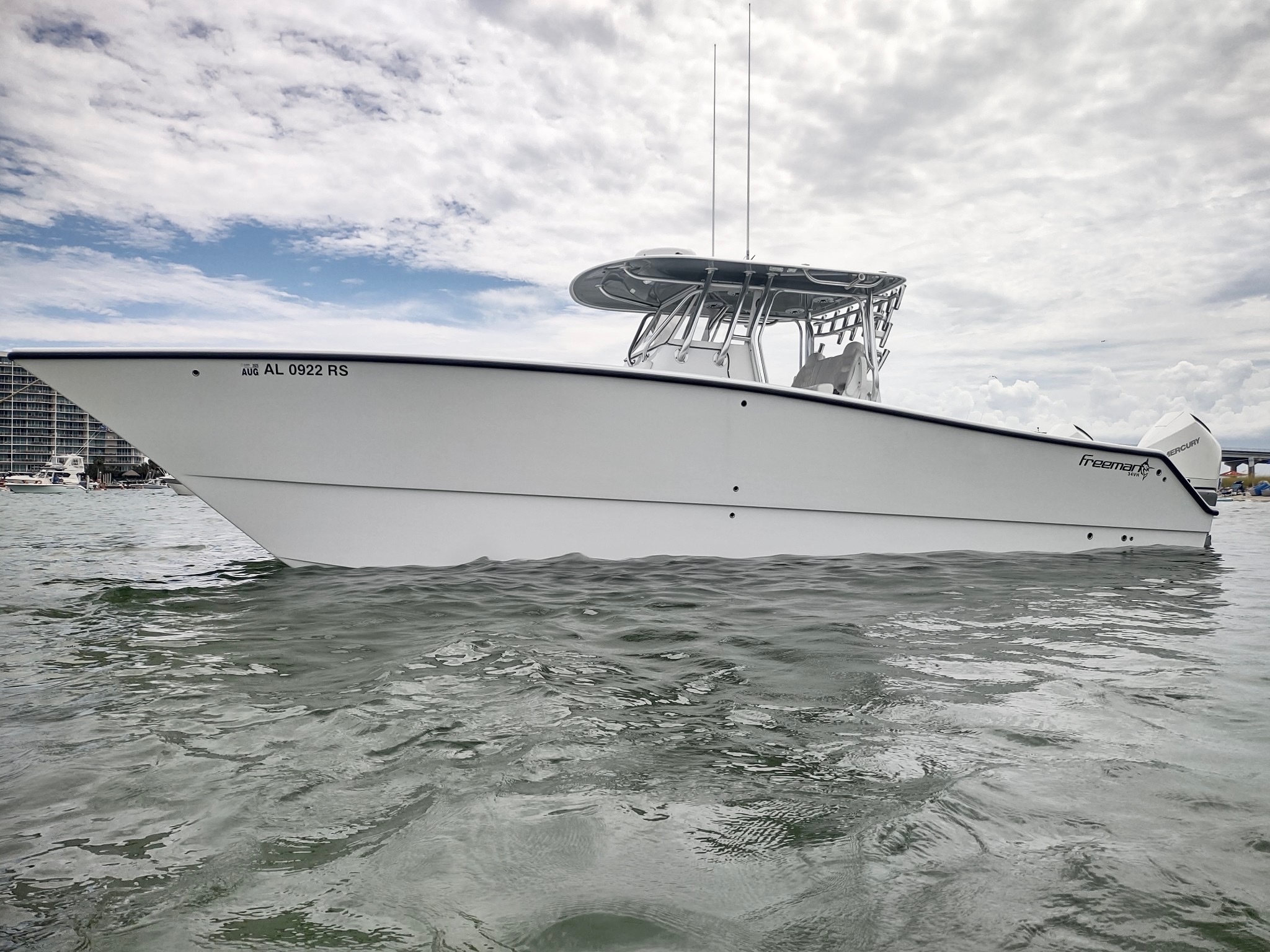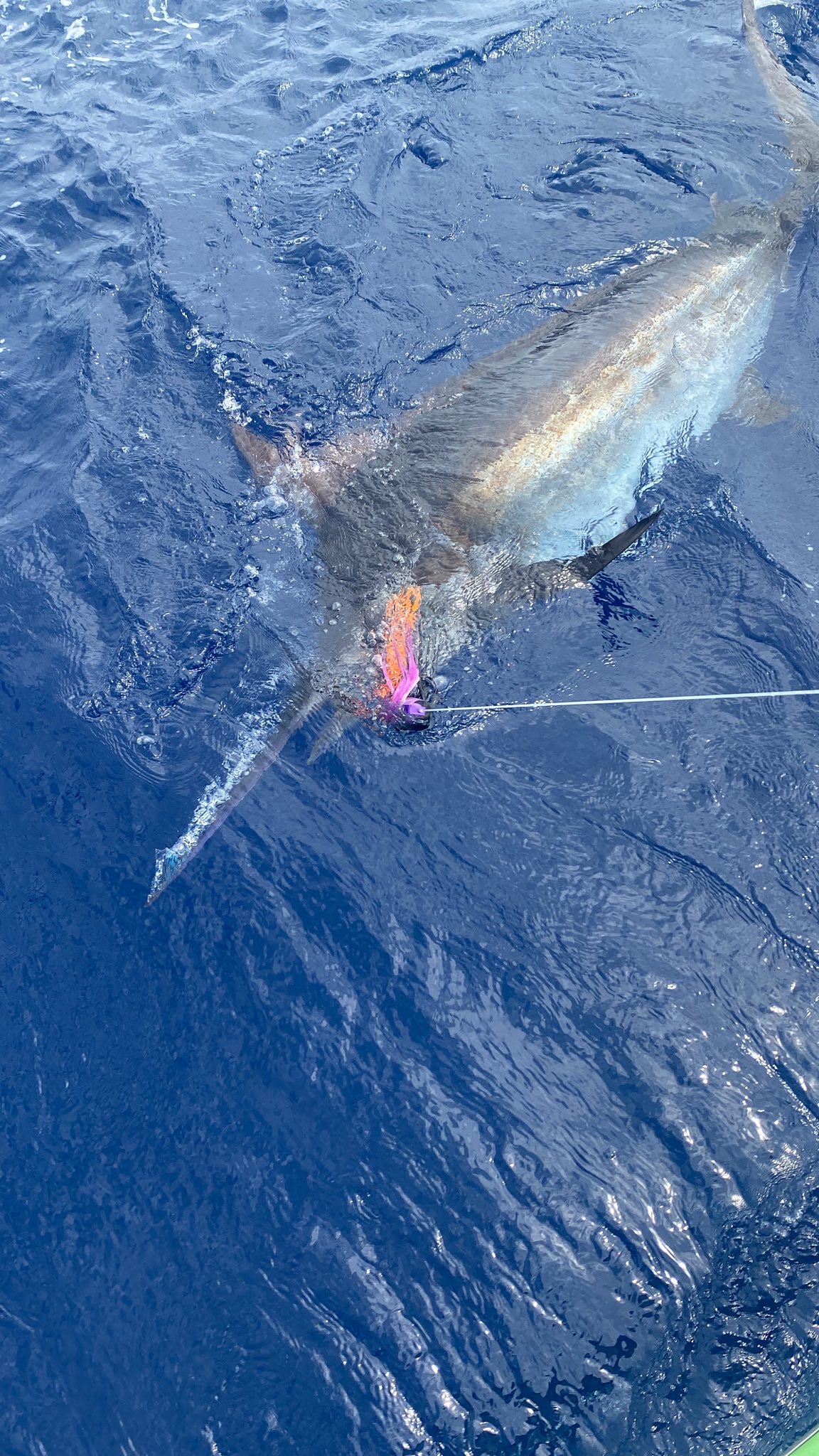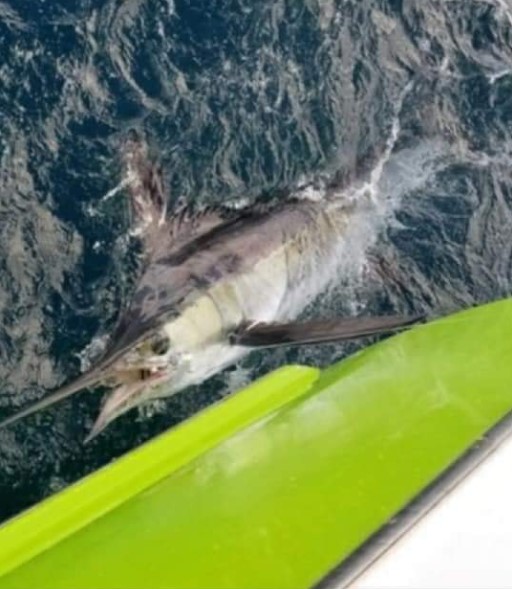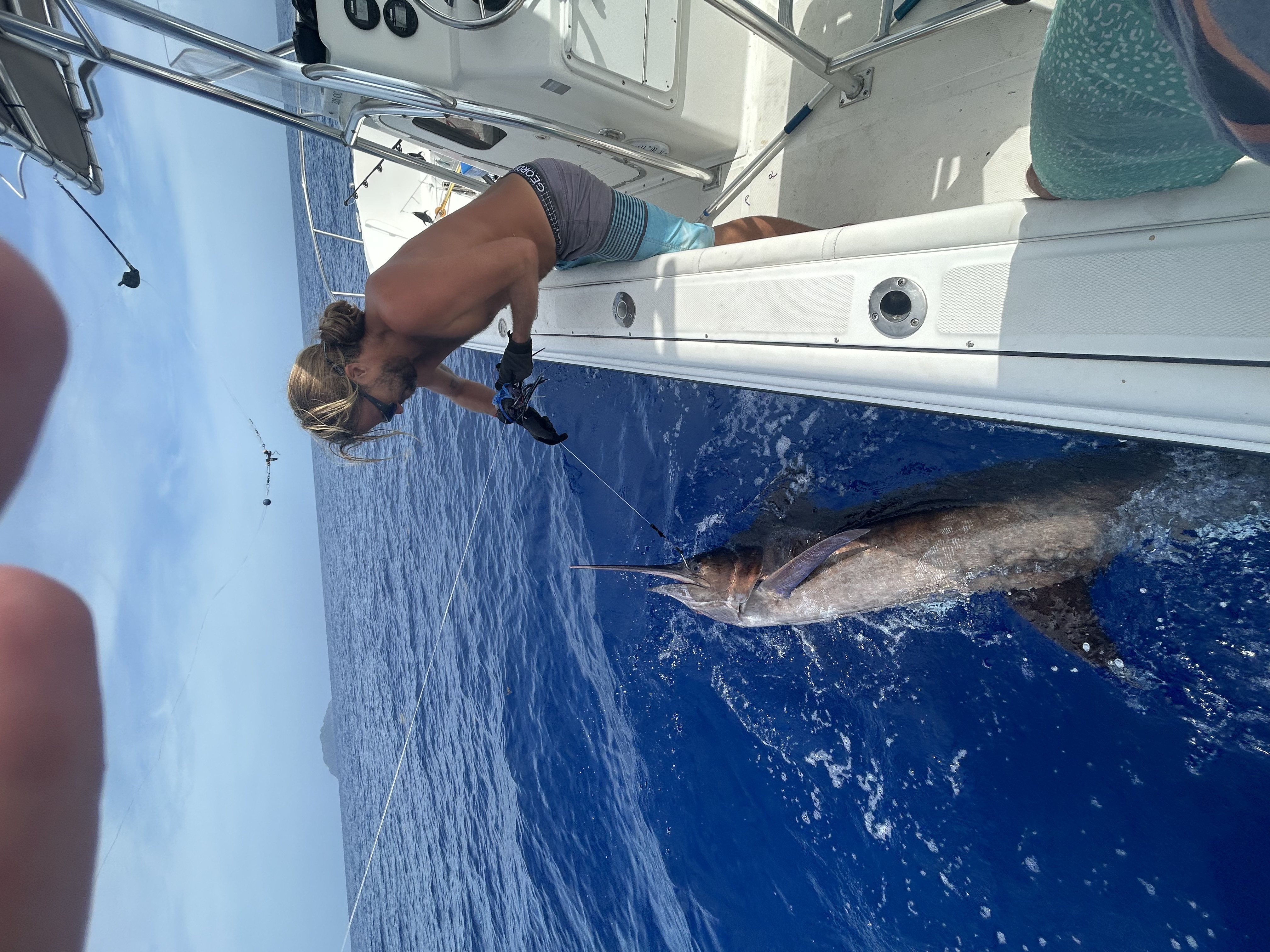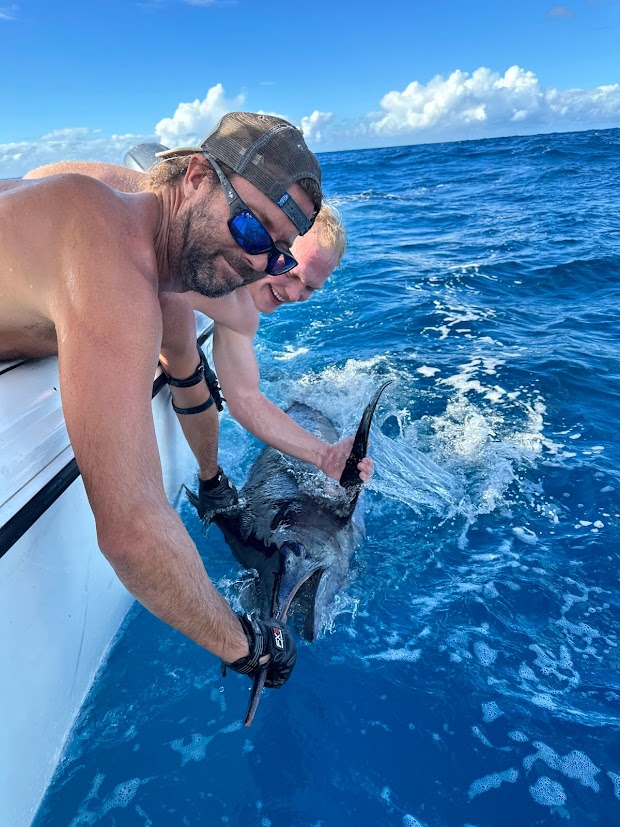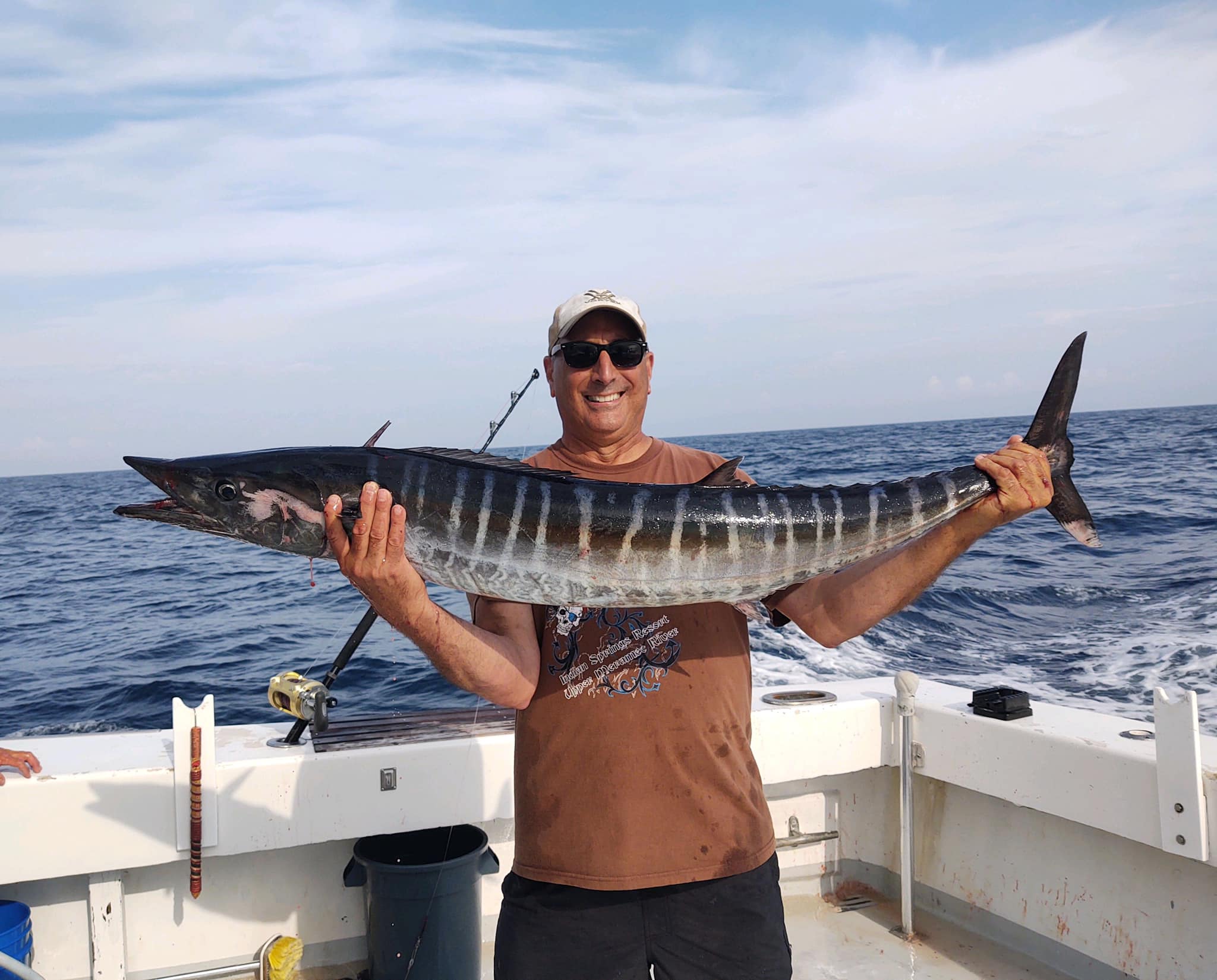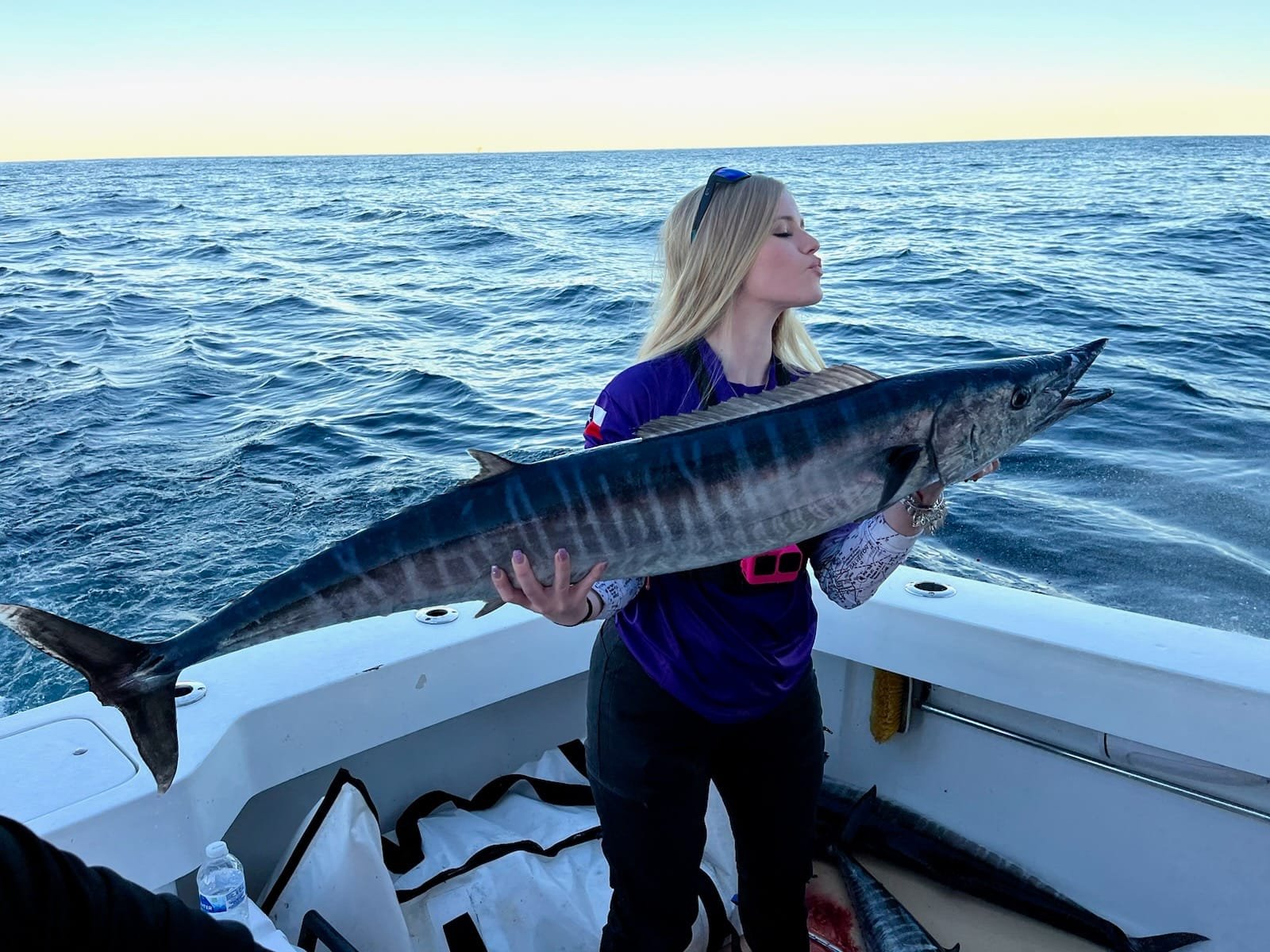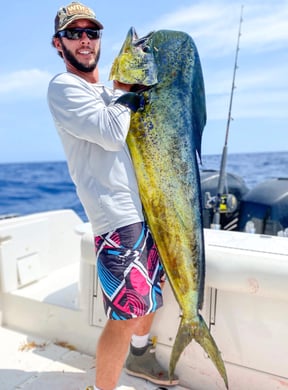Inshore, Deep Sea, Nearshore in Palm Beach Shores
Catching Fish And Having Fun
Offshore Fishing Trip
Inshore, Nearshore, Snorkeling in Nassau
Fish, Snorkel, Beach
Deep Sea Fishing in Fort Pierce
Fort Pierce Offshore Charter
Deep Sea, Nearshore Fishing in Galveston
Galveston Offshore Adventure
Nearshore Fishing in Naval Air Station Key West
Nearshore 4-8 Hour
Deep Sea Fishing in Morehead City
Full Day Gulf Stream
Deep Sea, Nearshore Fishing in El Combate
Combate Private Fishing Charter
Deep Sea Fishing in Golden Meadow
2-Day Offshore Port Fourchon
36 Hour Deep Sea - 55' Viking
We started Captain Experiences to make it easy to book fishing and hunting guides around the world. With over 2,000 Damn Good Guides, our platform makes finding and booking a trip seamless. Head here to check out our trips.
Tuna Species Compared
Tuna are a highly desirable family of offshore fish species that put up a stout fight and taste incredible. In the United States, bluefin, yellowfin, and blackfin tuna are the three species that are caught most frequently and have the biggest range. Many tuna have a similar appearance and to help you keep them straight, here’s how they compare.

Yellowfin Tuna
Yellowfin tuna is found worldwide in tropical and subtropical waters, and is common throughout the Atlantic, Pacific, and Indian Oceans. It is a pelagic fish, and is among the larger of the many types of tuna. It is smaller than a bluefin and bigeye yet generally larger than a blackfin, skipjack, or albacore.
Yellowfin are distinguished from other tuna mainly by the crazy shape of their second dorsal and anal fins, which are bright yellow and extend out far from their bodies as long curved skinny fins. In mature fish these can extend quite a ways and reach back almost to the tail.
Yellowfin tuna will commonly reach maturity at around 2 years and 40 inches, and will weigh under 100 pounds. The fish live a relatively short lifespan of 5-10 years, but can reach upwards of 300 pounds in that span. They are certainly a much better prize than the blackfin they are often caught with.
Bluefin Tuna
Bluefin Tuna are the largest of all the tuna species. They are torpedo-shaped, strong, and fast swimmers and are dark blue, fading to silver on their bellies. Being such a popular fish for both sport and food, they have acquired many nicknames such as bluefin tunny and squid hound.
There are three species of bluefin, the Atlantic, Pacific, and Southern. All are tremendous predators and have the sharpest vision of any bony fish. Though they are fierce hunters, they can also be victims of killer whales, sharks, and parasites, as well as overfishing, leading to extinction and trading bans in certain countries and seas.
The average bluefin lives for about 15 years, growing to an average of 78 inches long and around 500 pounds. However, they can grow up to 180 inches long and almost 1,500 pounds during their 50-year life span. These measurements rival black and blue marlin, as well as swordfish.
Blackfin Tuna
Blackfin tuna is the little brother of yellowfin and bluefin tuna as the smallest member of the tuna family. Despite their size, don’t count them out as a great gamefish and tasty meal. They can be found throughout the western Atlantic and the Gulf of Mexico in deep water, often staying in schools closer to the surface.
They are similar in appearance to a mini bluefin, with oval shaped bodies, black backs, and silver sides and underbelly. They generally swim together, and when you’re on a group of blackfin you can get a number in the boat - they have a strong bite and run in packs. They prefer warmer waters (over 68 degrees) although they are known to swim north or south somewhat with the seasons. Blackfin tuna are a fast-growing, short-lived species. They reach sexual maturity at around 2 years old and will spawn for another 2-3 years before dying.
They are the smallest tuna of their genus Thunnus, and will grow to a max size of about 40 inches and just over 40 pounds (compared this to a bluefin, which can grow to 1500 pounds). A good day is a haul of blackfin from 15 to 25 pounds. An average fish caught might be somewhere in the 7-10 pound range.
Tuna Species Compared
These three species are the most common tuna in the U.S. that anglers are likely to target. Bluefin are the largest, easily reaching 500 pounds while yellowfin usually grow to about half that size. By comparison, blackfin top out around 40 pounds and are the smallest tuna species. The appearance of these fish is also distinctively different.
Identifying these fish is might be confusing to the untrained eye but they can be easily distinguished by their lateral line color and fins. Yellowfin tuna have a bright yellow lateral line while on a bluefin it’s blueish-green and the line on blackfin is bronze. Blackfin tuna have dark almost black fins that also help seperate it from yellowfin. Finally, the pectoral fins on a yellowfin tuna are long than bluefin and tend to sweep back more.
Tuna Fishing Trips
These incredible fish make up some of the most sought after and delicious fish offshore fishing has to offer. If you want to catch a hard fighting trophy fish that tastes great, check out our tuna trips led by experienced guides. These guides can put you one the action, help you land the fish, and might even have some advice on how to cook your catch.
Joey Butrus
Updated on July 31, 2023

October 26, 2020

July 31, 2024

April 26, 2022

March 8, 2022

June 22, 2022
Related Articles
December 21, 2021
December 8, 2021
Featured Locations
- Fishing Charters Near Me
- Austin Fishing Guides
- Biloxi Fishing Charters
- Bradenton Fishing Charters
- Cabo San Lucas Fishing Charters
- Cancun Fishing Charters
- Cape Coral Fishing Charters
- Charleston Fishing Charters
- Clearwater Fishing Charters
- Corpus Christi Fishing Charters
- Crystal River Fishing Charters
- Dauphin Island Fishing Charters
- Daytona Beach Fishing Charters
- Destin Fishing Charters
- Fort Lauderdale Fishing Charters
- Fort Myers Fishing Charters
- Fort Walton Beach Fishing Charters
- Galveston Fishing Charters
- Gulf Shores Fishing Charters
- Hatteras Fishing Charters
- Hilton Head Fishing Charters
- Islamorada Fishing Charters
- Jacksonville Fishing Charters
- Jupiter Fishing Charters
- Key Largo Fishing Charters
- Key West Fishing Charters
- Kona Fishing Charters
- Lakeside Marblehead Fishing Charters
- Marathon Fishing Charters
- Marco Island Fishing Charters
- Miami Fishing Charters
- Montauk Fishing Charters
- Morehead City Fishing Charters
- Naples Fishing Charters
- New Orleans Fishing Charters
- New Smyrna Beach Fishing Charters
- Ocean City Fishing Charters
- Orange Beach Fishing Charters
- Panama City Beach Fishing Charters
- Pensacola Fishing Charters
- Pompano Beach Fishing Charters
- Port Aransas Fishing Charters
- Port Orange Fishing Charters
- Rockport Fishing Charters
- San Diego Fishing Charters
- San Juan Fishing Charters
- Sarasota Fishing Charters
- South Padre Island Fishing Charters
- St. Augustine Fishing Charters
- St. Petersburg Fishing Charters
- Tampa Fishing Charters
- Tarpon Springs Fishing Charters
- Venice Fishing Charters
- Virginia Beach Fishing Charters
- West Palm Beach Fishing Charters
- Wilmington Fishing Charters
- Wrightsville Beach Fishing Charters









